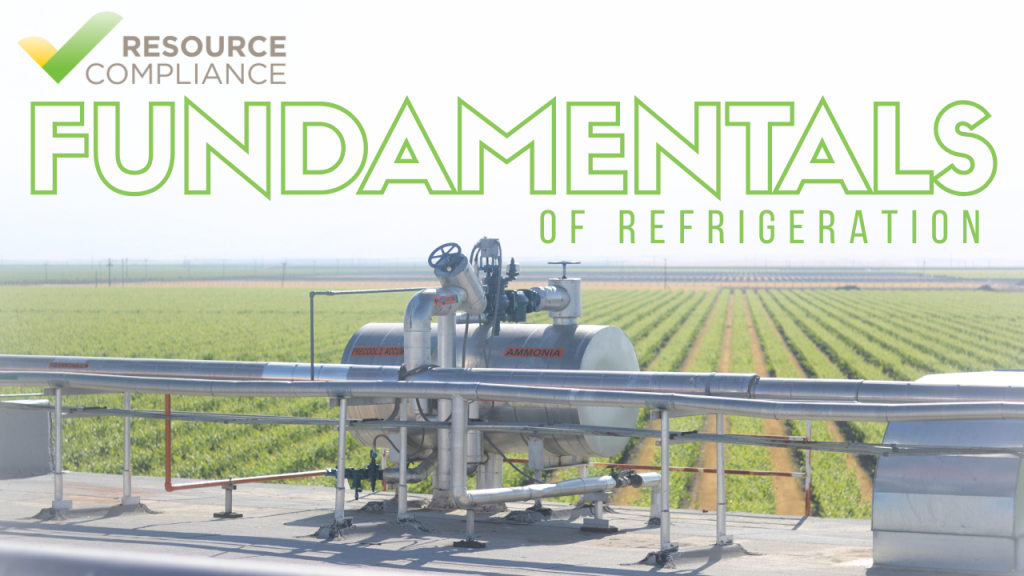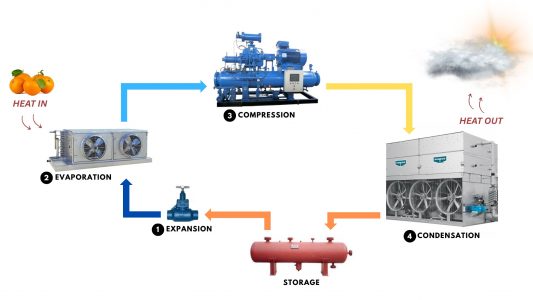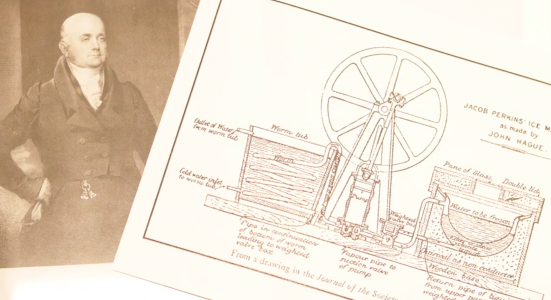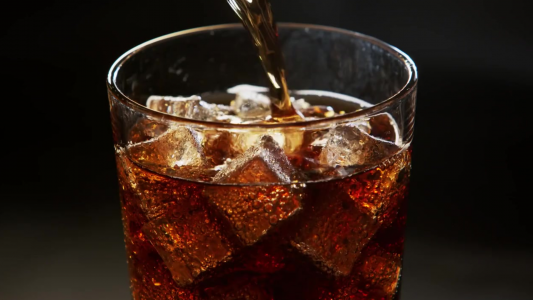What is Refrigeration?

According to RETA Book 1, “Refrigeration is the process of achieving or maintaining the temperature of a space or object below that of the surrounding area by removing heat”. A refrigeration system accomplishes this by utilizing a thermodynamic cycle that moves heat from an object or area where it is unwanted to a place where it can do no harm.
In various ways, refrigeration has been used for thousands of years. Early civilizations noticed that cold food remained fresh longer and would use running water to lower its temperature. The Roman and Greek cultures even dug snow pits that were insulated with grass or leaves to cool their beverages. Cooling in homes was attempted by hanging wet mats in doors and windows, as a crude form of evaporative cooling. Ancient people of wealth even imported snow and ice to cool their food.
In 1830, Frederic Tudor advanced refrigeration technology through his adaptation of ice harvesting to make commercial uses possible. In 1834, Jacob Perkins built the first working vapor-compression refrigeration system in the world. Twenty-five years later, Ferdinand Carre introduced ammonia as a coolant, but due to its toxicity and pungent odor, synthetic refrigerants, such as Freon, started being implemented in the early 1920s.

As refrigeration systems improved, they became cheaper and more available, and increasing uses emerged for this phenomenal technology. In the past century, refrigeration has substantially improved human flourishing. Consider that refrigeration has made it possible to live in otherwise uninhabitable climates, such as Phoenix, Arizona, or Dubai in the United Arab Emirates. Even small everyday enjoyments, such as an ice-cold beverage or a piece of fresh fruit, are made available worldwide because of refrigeration.


Leave a Reply